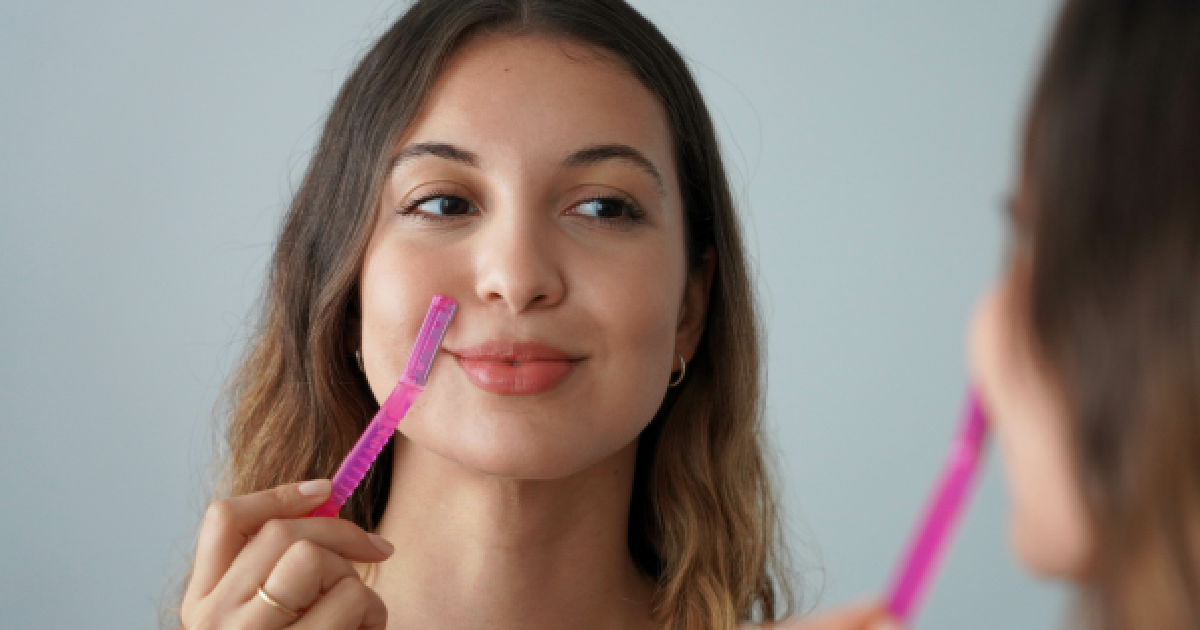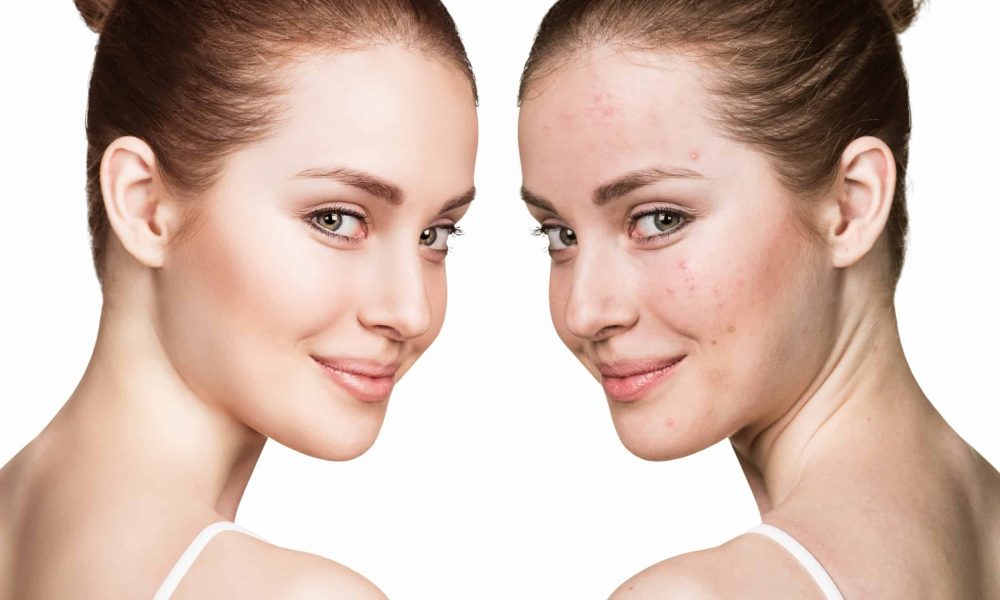

When you hear the word “acne,” what image comes to mind? Many people don’t know that there are several types of acne. This post discusses the different types of acne and how to treat them.
There are seven different types of acne. They are:
Blackheads are open skin lumps that collect too much sebum and dead skin. The black patches, which mimic dirt deposits, are generated by an uneven light reflection off the obstructed follicle.
Blackheads, also known as “open comedones,” are so named because they resemble dark blotches on your skin.
Blackheads are brought on by clogged pores, just like whiteheads. Unlike whiteheads, those oil and skin cell clumps are exposed to the air. When the clogs come into touch with oxygen, they undergo a color change that gives them a dark appearance.
Blackheads are also regarded as non-inflammatory because they are just highly clogged pores with no edema or infection. In other words, unlike other acne blemishes, they won’t be uncomfortable and red.
Contrary to widespread assumption, there is no connection between blackheads and hygiene. Do not worry if you have blackheads; you are not unclean! Simply skin and natural oil make up the dark substance.
Whiteheads are bumps that oil and dead skin keep closed. Whiteheads also called “closed comedones,” are one of the most prevalent types of acne. They manifest as small to medium-sized pimples that are often whitish or skin-tone in appearance.
Whiteheads develop when dead skin cells and sebum combine to plug a pore. This blocked pore develops pus inside and is covered by a layer of skin. The whitehead appears white because of this pus (and name).
Whiteheads are regarded as non-inflammatory blemishes, in contrast to pustules and most other acne outbreaks. So it’s doubtful that these pimples will cause you to swell and turn red.
Although popping these juicy pimples could be alluring, it is not advised. Picking at pus-filled whiteheads merely clogs other pores with debris and bacteria.
Papules are distinctly inflamed red or pink bumps. They are the type of acne that most people imagine as what the typical acne breakout looks like.
Like other acne lesions, papules form when your pores become clogged with too much oil and dead skin cells. The walls of your pore may break due to pressure building up inside the blocked pore, allowing bacteria to move into the nearby skin. Papules seem red and puffy because of the inflammation that occurs when your immune system reacts to the rupture.
After a few days, most papules develop into pustules, which are even more apparent bumps.
Inflammation must be controlled to lessen papules that will inevitably develop into pustules.
When acne contains pus and looks like whiteheads but is surrounded by red rings and swelling thanks to inflammation, they are called pustules. Pustules are inflammatory and can be painful.
Pustules have the traditional pimple appearance because of the white or yellow crown that forms on top of the red bumps. Pustules can develop anywhere on your body, although they seem to appear more frequently on the face, chest, and back.
Similar to papules, controlling the sebum production of your skin is one of the most effective strategies to avoid pustules. Sebum, or natural skin oil, has a healthy and essential quantity, but too much can block pores and cause breakouts, including pustules.
Nodules are large, painful, and solid pimples found deep in the skin. They are a more severe type of acne that is challenging to treat. They resemble papules in appearance but begin deeper inside the layers of your skin, making them difficult to cure and almost impossible to pop.
Nodules don’t have a head as whiteheads or pustules do, and they resemble red or skin-colored lumps. They have a solid texture and hurt when touched.
Acne nodules may develop independently or in painful groups across skin regions. They occasionally coexist with painful cysts, causing the breakout known as nodulocystic acne.
Applying a cold compress will provide some assistance if your nodules are in pain. Apply an ice cube wrapped in paper towels or a fresh washcloth to the nodule for ten minutes. Your nerves will experience less stress and irritation thanks to the cold.
Try not to pop nodules, though, under any circumstances! You’ll experience more irritation and scarring if you do this.
Another severe form of acne that develops deep within your skin’s surface is cystic acne. Cysts resemble deep, crimson lumps, much like nodules do. Cysts, however, feel soft to the touch and are filled with pus or other liquids, unlike nodules. They can be pretty sensitive and unpleasant in any case.
Cystic acne is quite typical along the jawline and on the face. Cysts are a very persistent type of acne breakout, lasting for weeks or even months. They are typically brought on by the standard trifecta of too much oil, dead skin, and bacteria.
The temptation to attempt and drain a cyst can be increased because they feel so soft. DON’T DO THAT!
Cysts are the acne lesions that are most likely to leave scars, and popping them can only exacerbate scarring. Also, picking at cysts risks spreading the infection. In other words, picking at cysts can enlarge them!
An infection of the hair follicles on your skin is known as fungal acne. It typically manifests as tiny pimples with slight variations in shape or size, frequently accompanied by itching.
Whiteheads and skin irritation are side effects of fungal acne. It is frequently mistaken for acne vulgaris, which is known for its blackheads and whiteheads.
Contrary to acne, fungal acne isn’t primarily fueled by bacteria and oil in pores, yet oil and sebum production play a significant role in supporting the growth of these germs.
Instead, an overabundance of yeast, a fungus, causes the bumps resembling pimples and the irritated skin associated with fungal acne.
Other names for it include Malassezia folliculitis and Pityrosporum folliculitis.
Taylered Aesthetics mastered acne treatments. We tailor each treatment case of acne breakout according to the type of acne, skin type, skin tone, skin sensitivity, and environment. We guarantee freedom from acne in three to six months, depending on the severity of your case.
Schedule a virtual consultation about your acne problems with Taylered Aesthetics or contact us at 402-340-3770 or tayler.aprn@gmail.com.